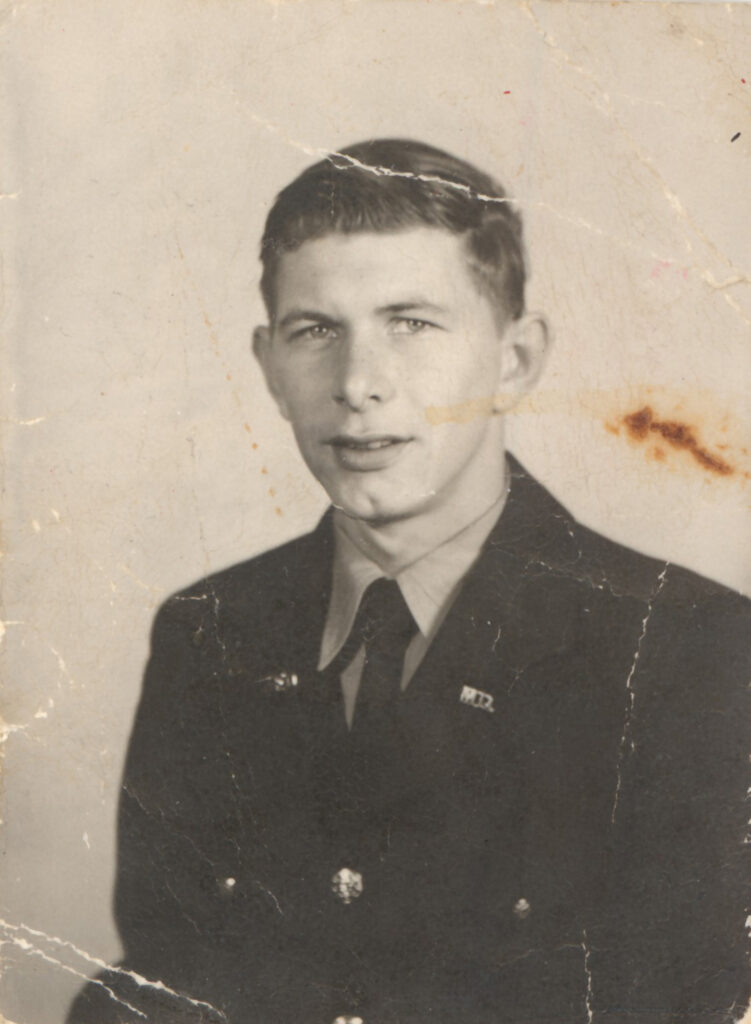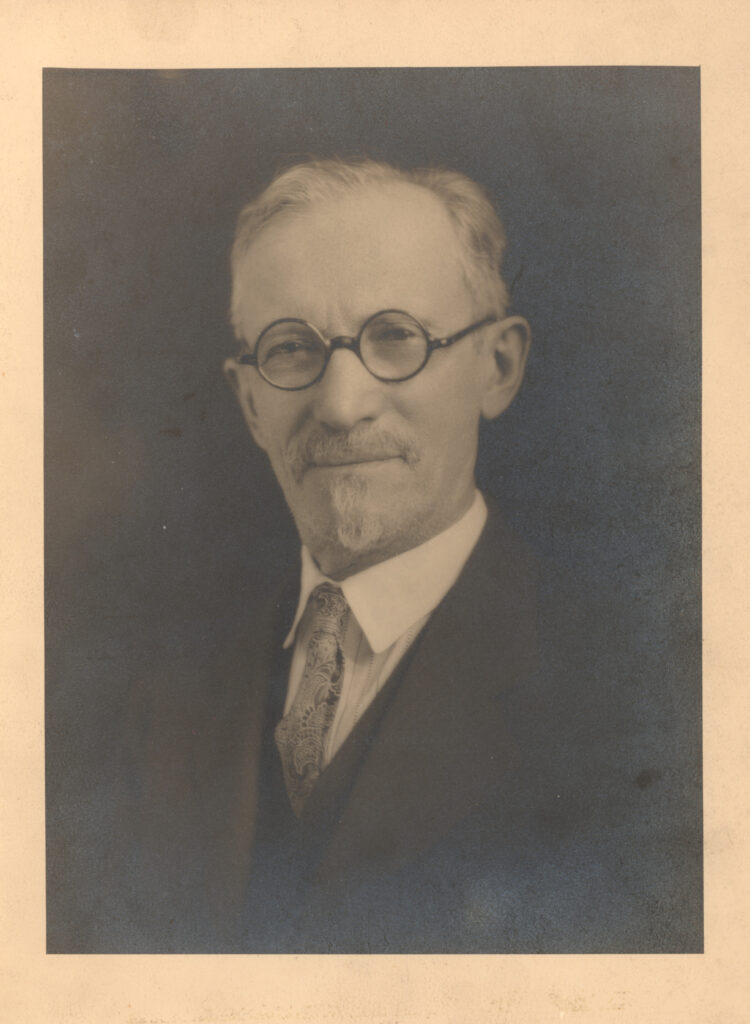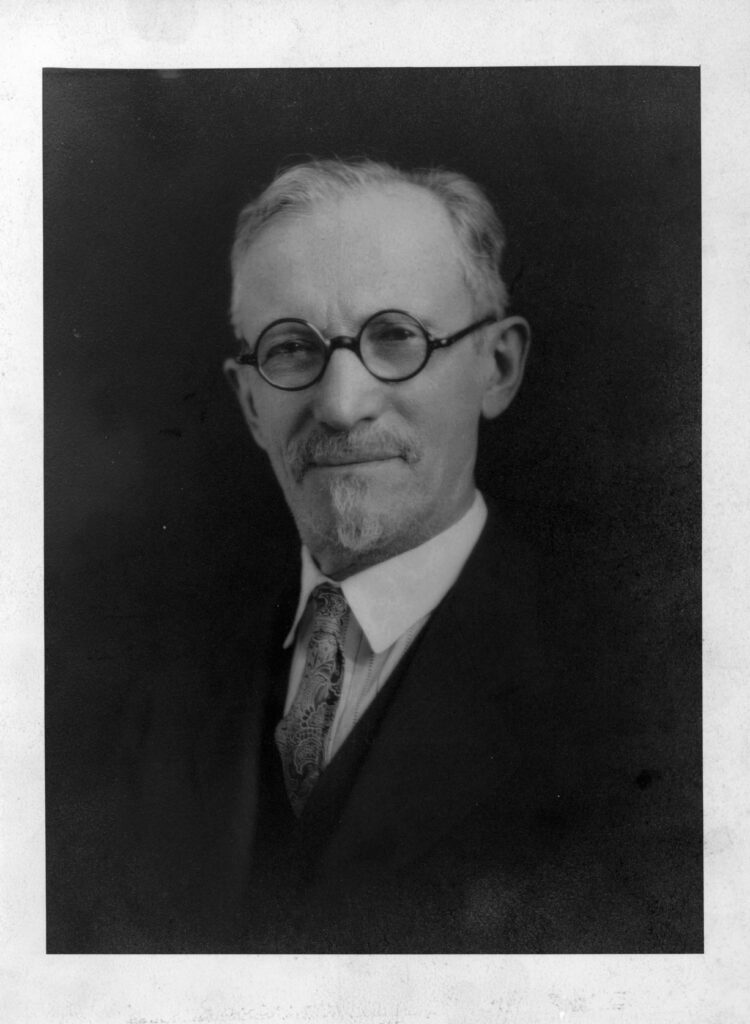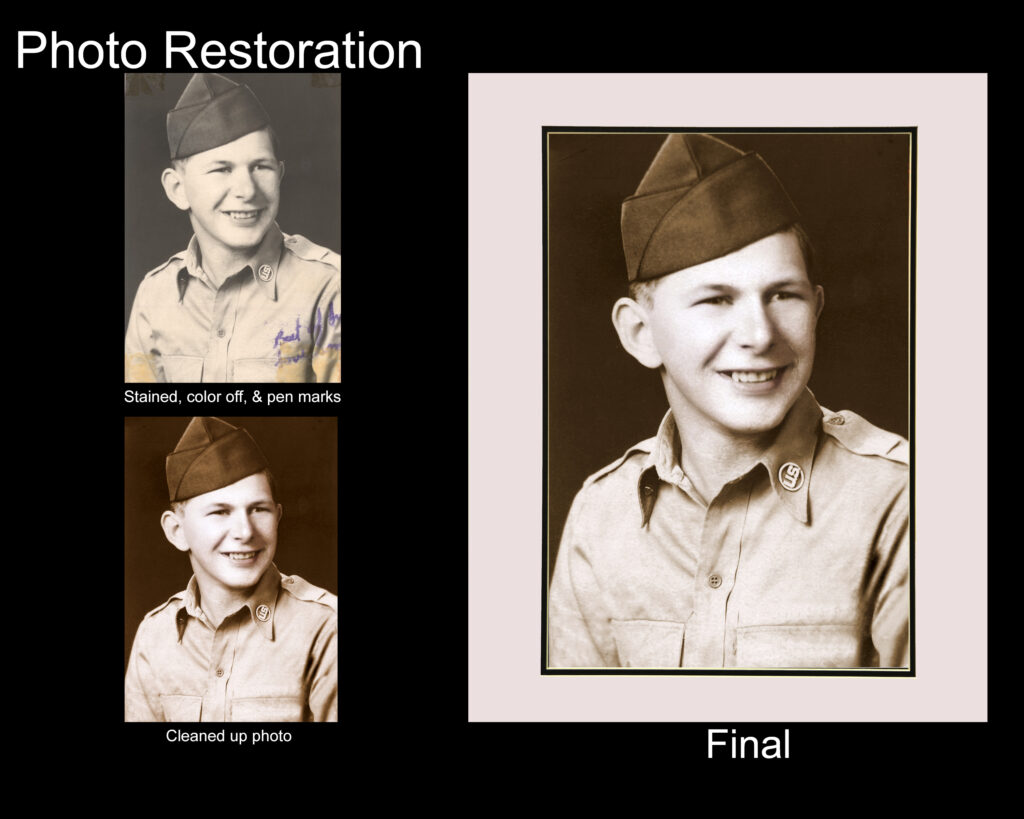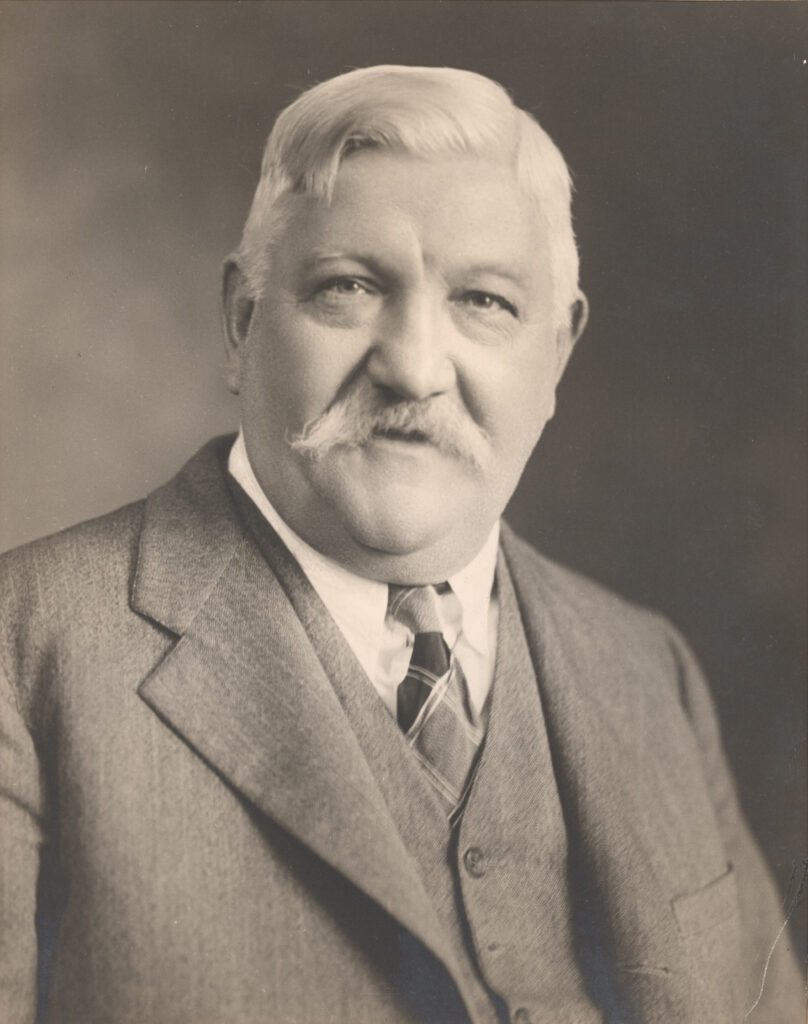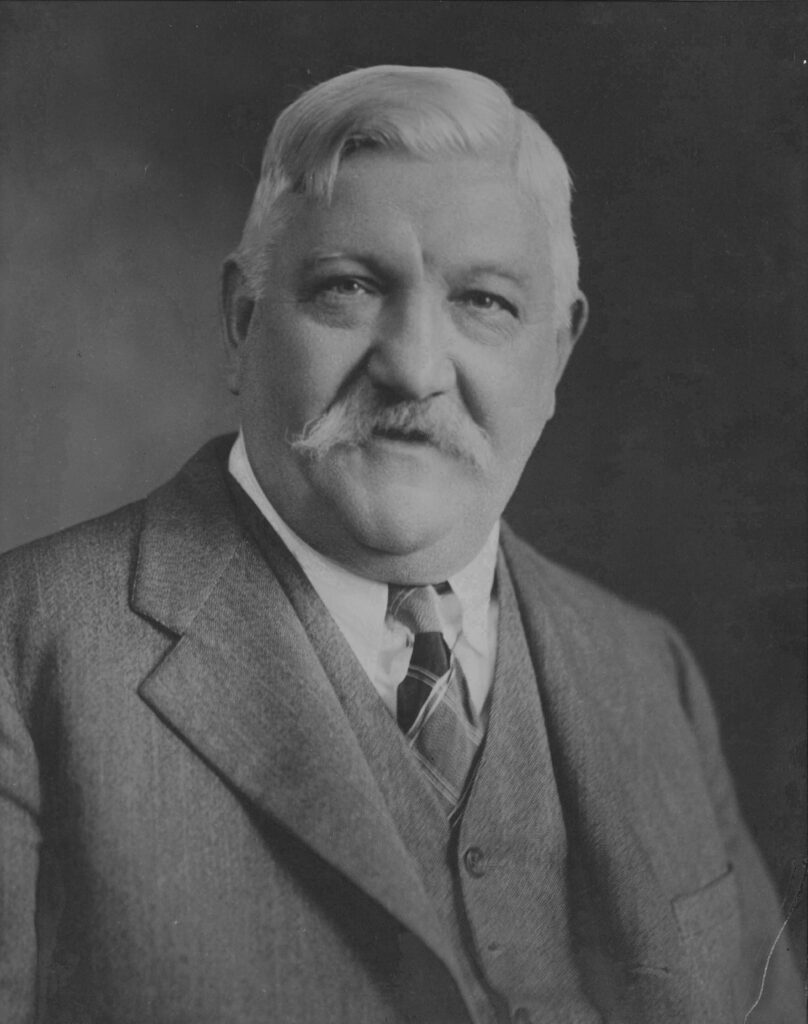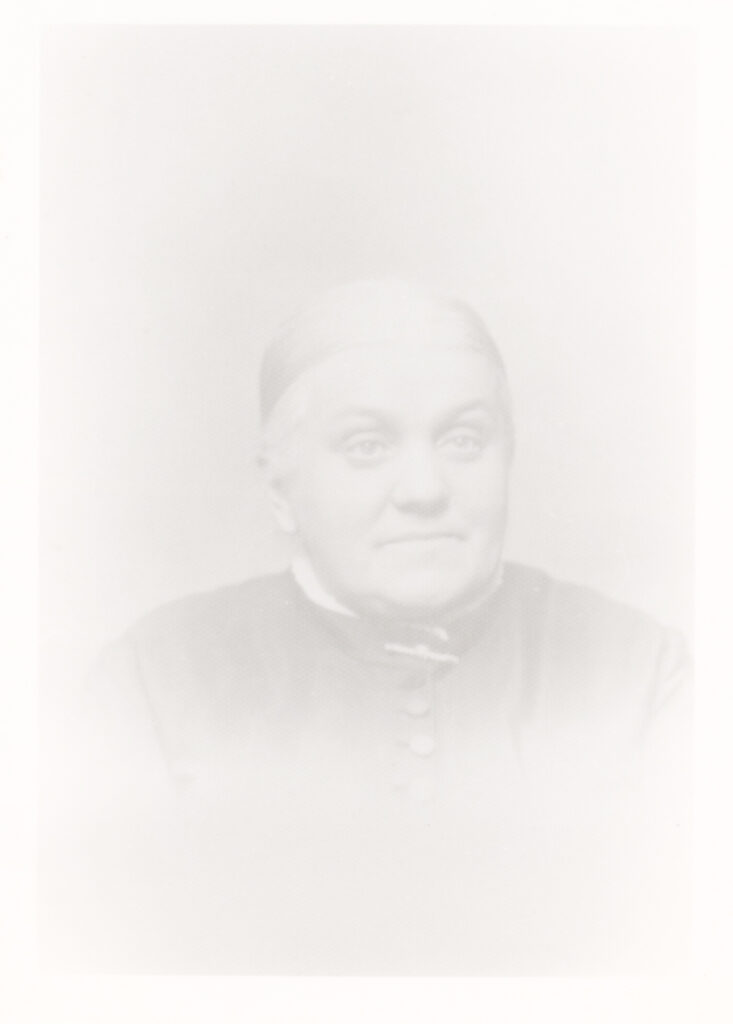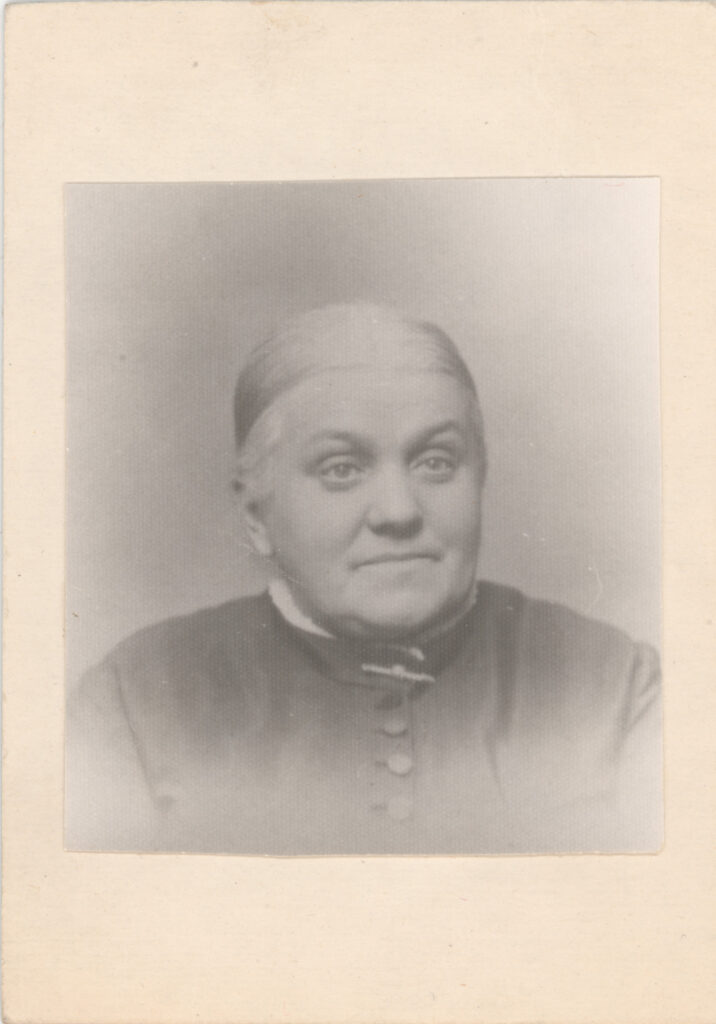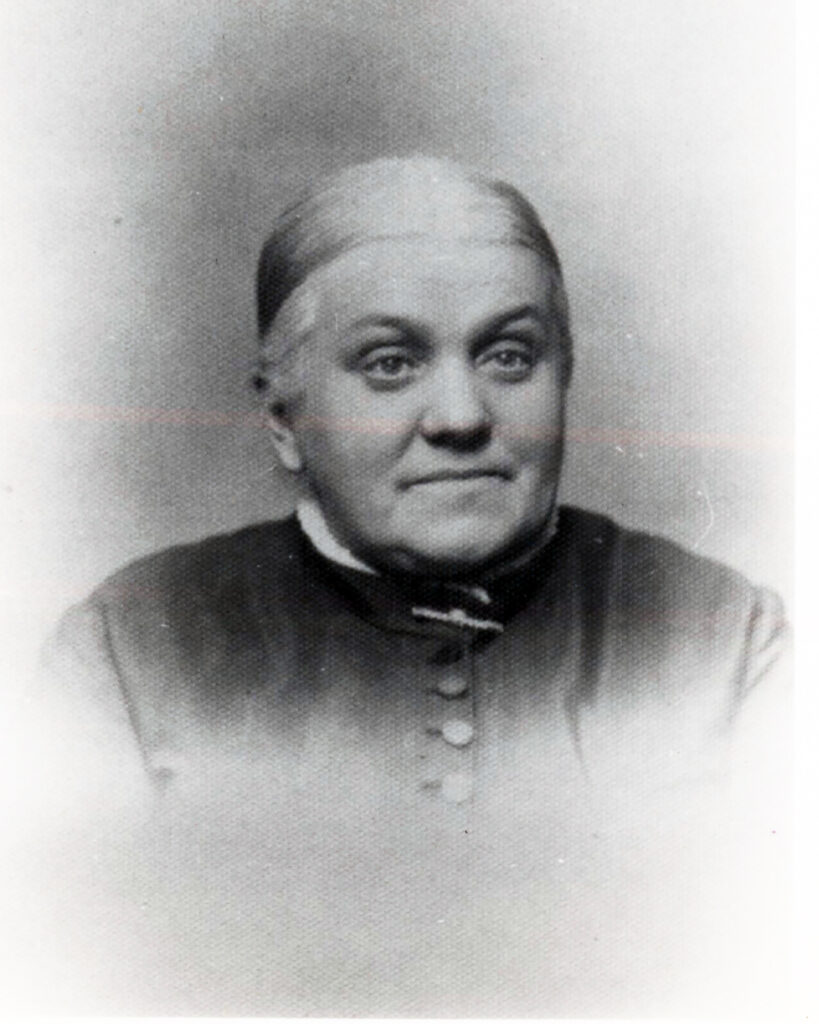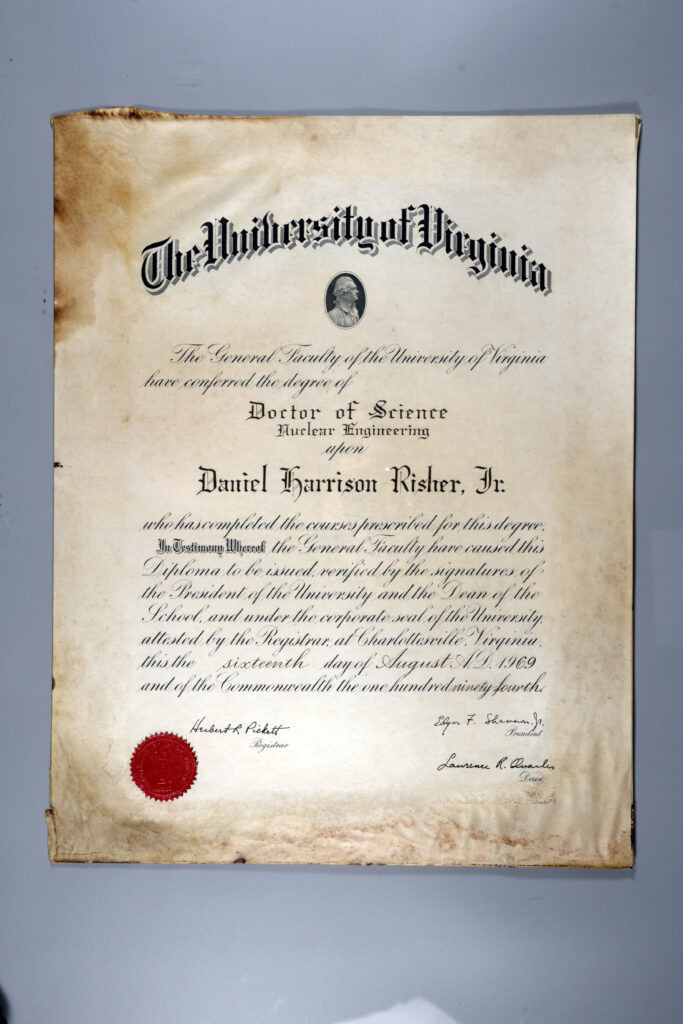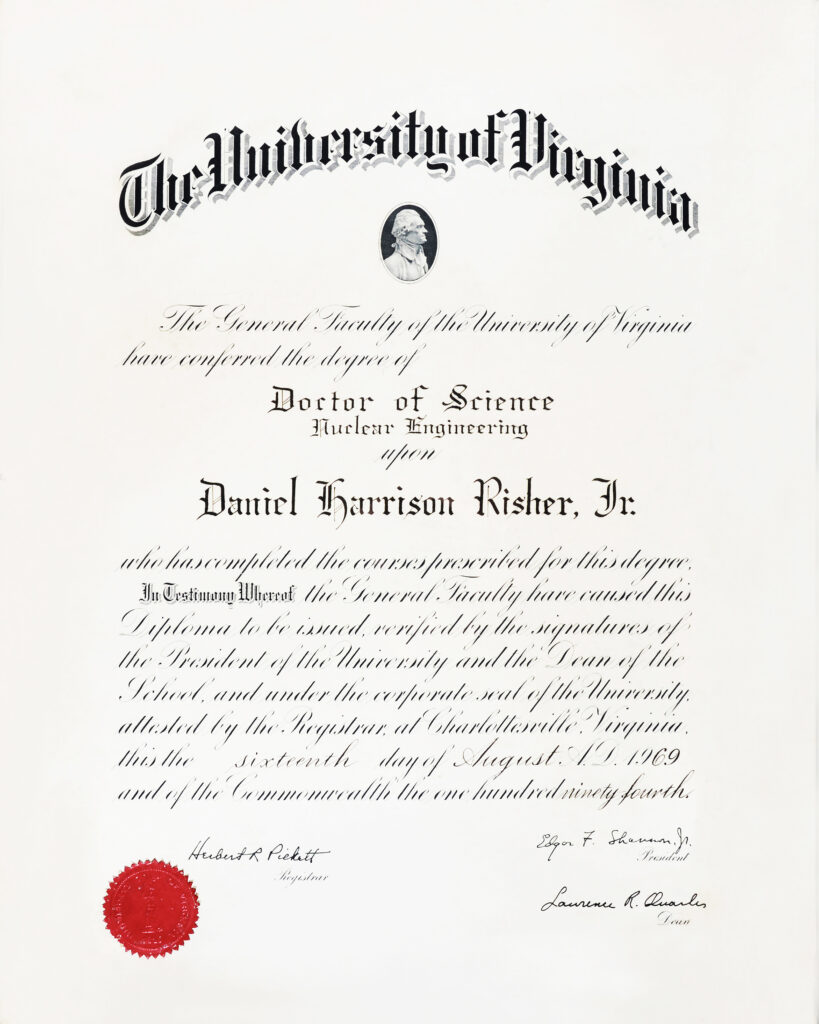By Kevin Richard Reppenhagen & John Eric Dove
Diane* discovered how quickly photographs can disappear in the digital world. She had more than 32,000 family photographs dating back to the early 1900s painstakingly gathered and stored on her computer.
One evening, a nasty storm rolled in and knocked out the power. When power was restored and the computer was restarted, the computer’s hard drive had been corrupted. Despite repeated attempts to recover the hard drive, it was damaged beyond repair. All of the files and precious photographs were gone. Diane had done a computer backup but failed to do one regularly. The last backup was more than six months old, and all the photographs since that backup were gone, including her baby’s growth in those six months.
As professional photographers, storage redundancy is crucial. We developed a detailed, standardized workflow process in our studio that we consistently follow to maintain multiple storage archive versions in various digital media.
For your personal use, we recommend following a similar process to protect your photographs and all your important computer files. It takes a little more effort, though it is well worth the extra time considering the alternative. Here is a quick overview of a basic plan that we recommend.
When you move your photographs from your camera or scanner to your computer, copy a complete set of untouched original pictures as “archives” onto removable media, such as a CD, DVD, external HD, or USB stick. An alternative is to use an online storage service.
Store this first archive media in a safe location other than the original files, such as in a bank deposit box, at a friend’s house, or in your home or office safe. We put ours in an envelope with the session and the date on the front. We then place them in a fireproof safe, we do not put those drives back in until the entire process (including a backup) of the originals has been completed.
Make another complete set of archive files, transfer them to another set of removable media, and keep it nearby at your home or office for quick access. You can also consider using auto features to apps to back up your files as a part of the process.
Set up and do a regular, complete backup of your computer. You can do this manually or use automatic backup software to take the “human factor” out of the process and ensure it is done consistently. You can schedule the software to back up your entire computer to a removable media, an external hard disk, And a reliable offline storage service at any time, including when you are not using the computer. The backup copy, in addition, is not a replacement for your archive copies.
Never work from the original photograph. Always work from a copy. On your computer, make another copy in a separate folder before editing a picture. Rotate your removable media to ensure you always have a complete archive copy intact and one off-site in a safe place. Never have both archive copies in the same place at the same time. Swap media and check file integrity frequently.
Media has a shelf life. It does fail or can become corrupt, and individual images can “deteriorate” on a disk. Ensure you occasionally check older archive copies to ensure all your images remain intact. Had Diane implemented and followed a standard set of rules for handling her computer files, she would have had several sets of archival photographic files in several different places and not have lost all those memories.
Maintaining at least two complete archive copies and doing regular backups will ensure you preserve and protect your photographic memories for years. For a detailed step-by-step workflow plan and additional tips, you can email us at [email protected]. We also offer photographic scanning, archival, and off-site storage services. For more information or questions, give us a call at 410-280-3535.
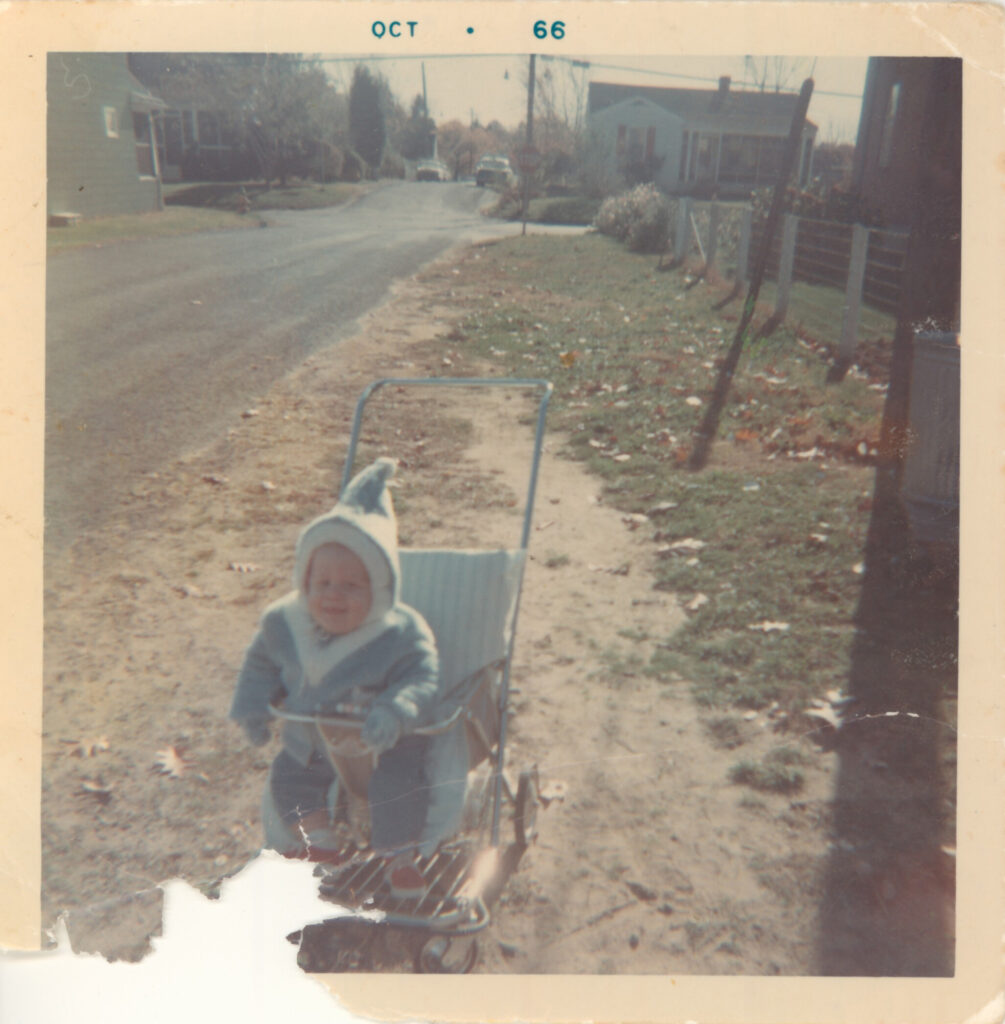
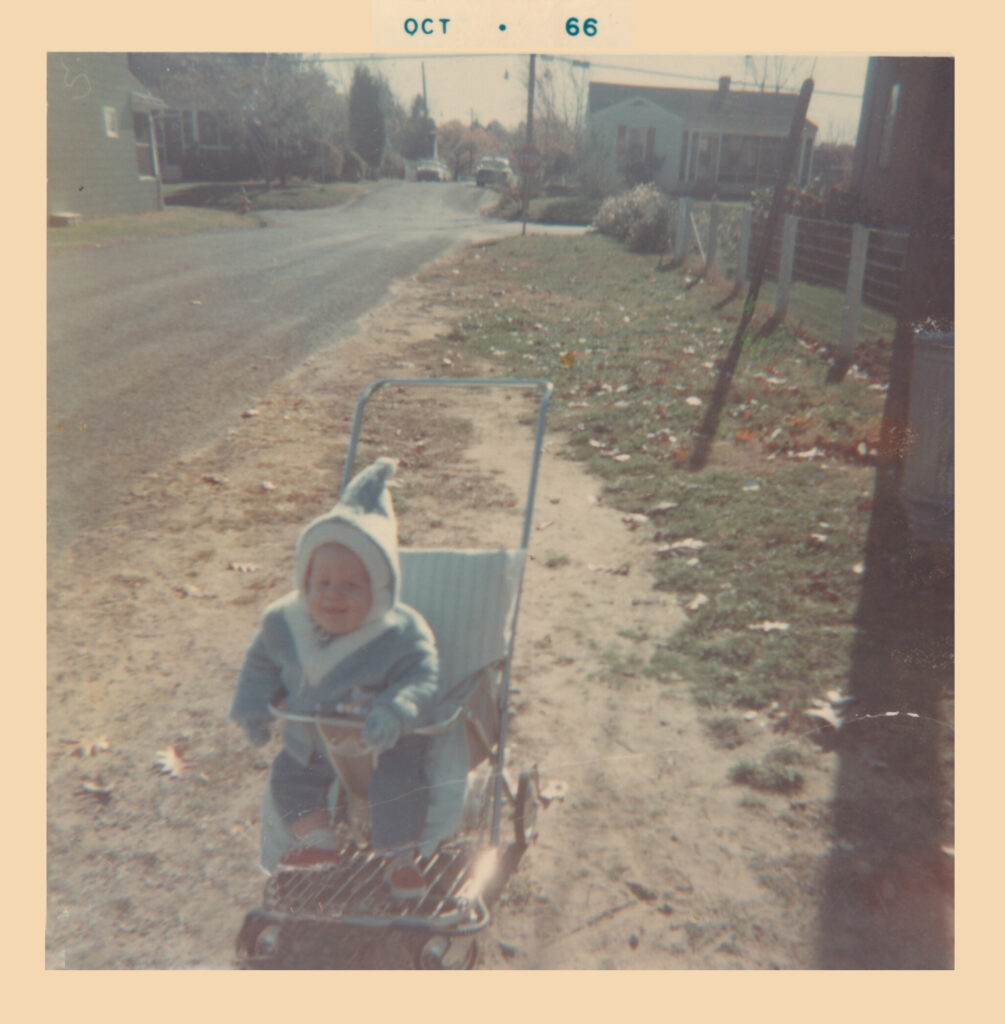
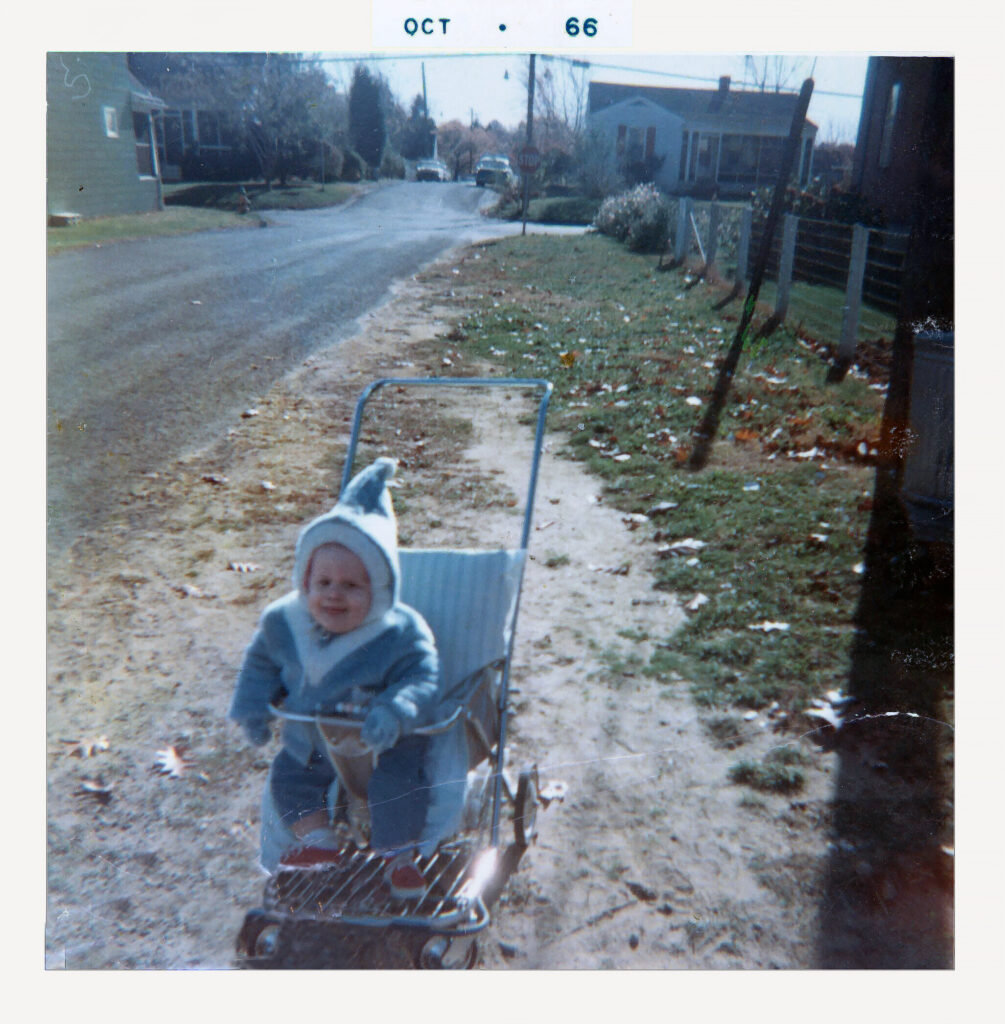
*Diane is real, but her name has been changed to protect her privacy.
About the Authors:
Kevin Reppenhagen and John Dove own and operate KRR Photography, Ltd. A photography studio in Annapolis, Maryland, specializes in portrait, social, and commercial photography. In January, they offer a class to get the most out of your digital camera and take better people pictures. You can contact them at 410-280-33535, [email protected], or 410-280-3535.
